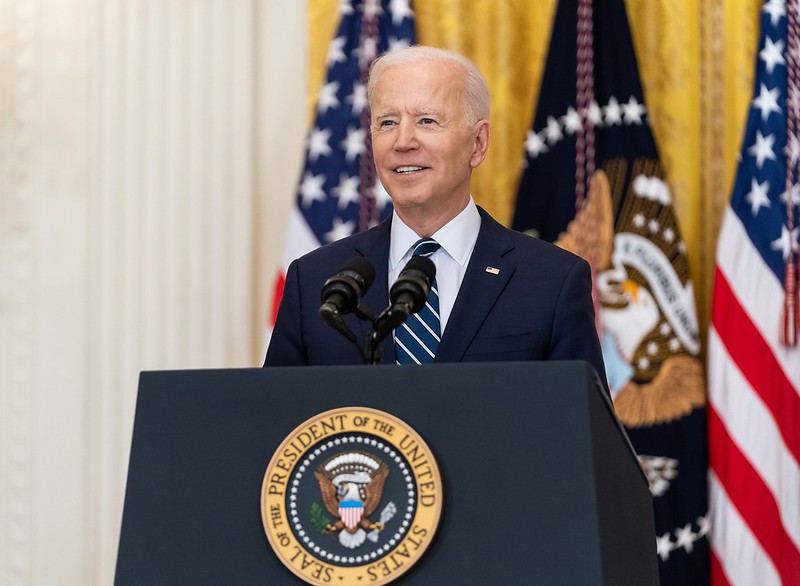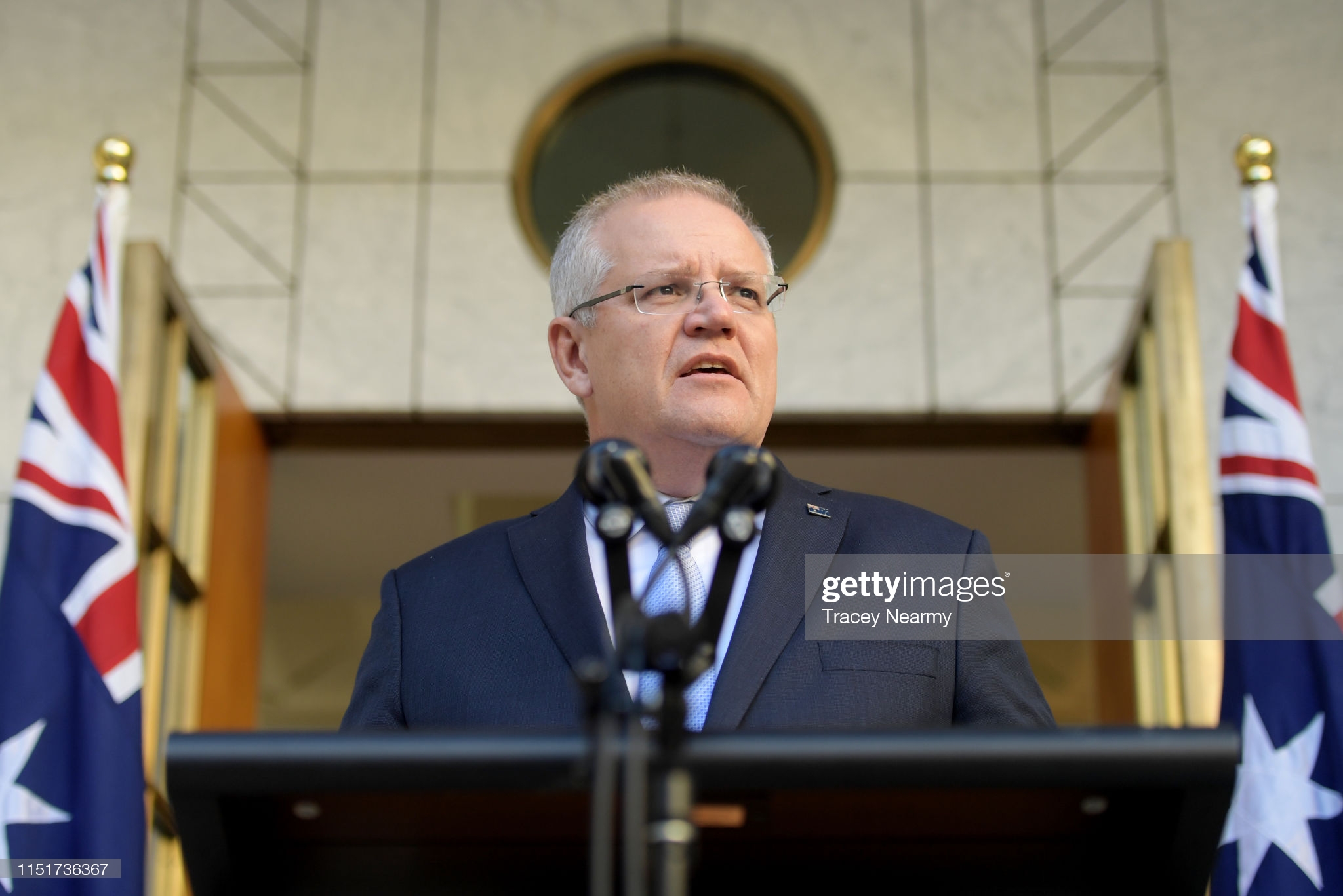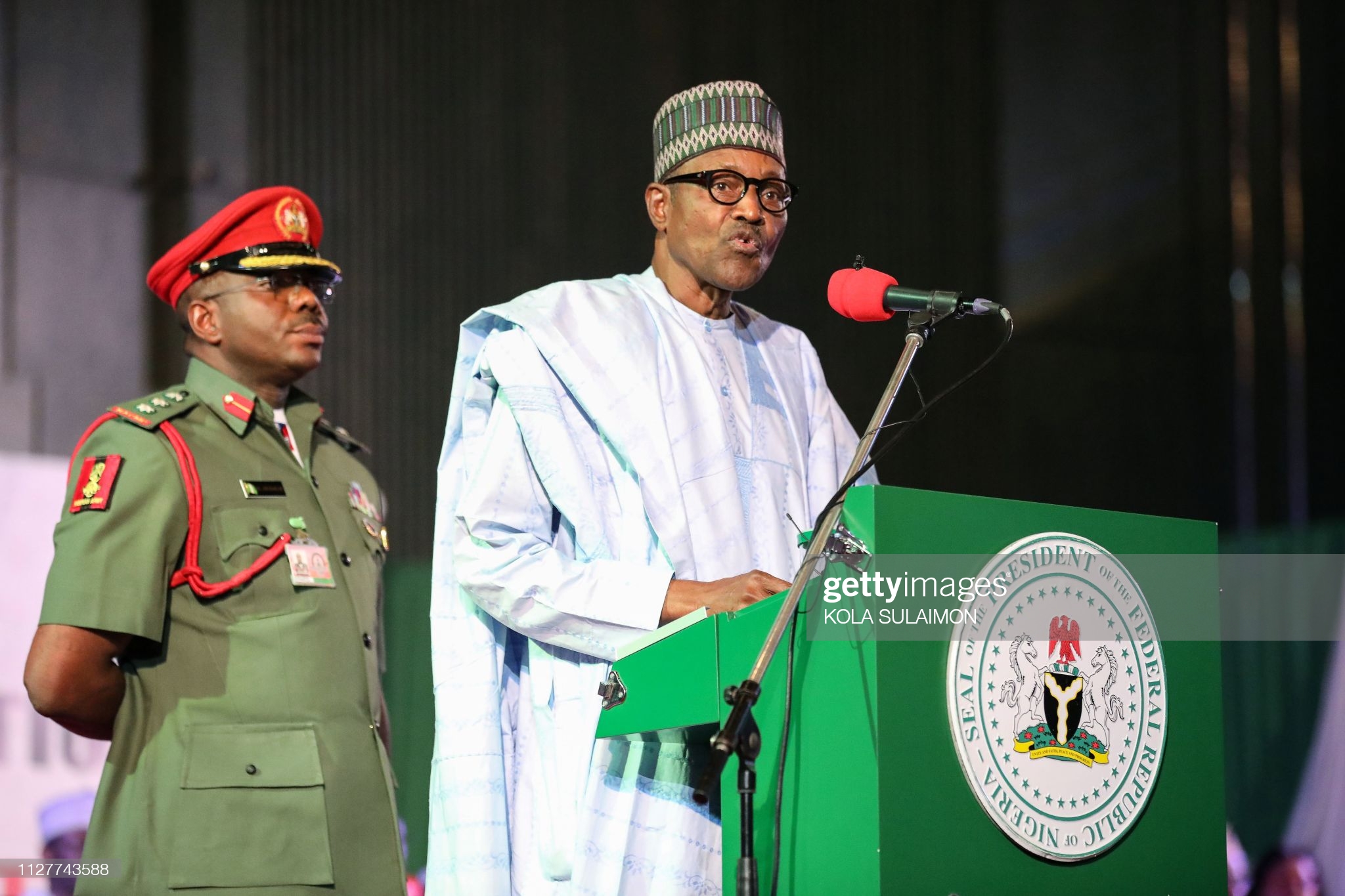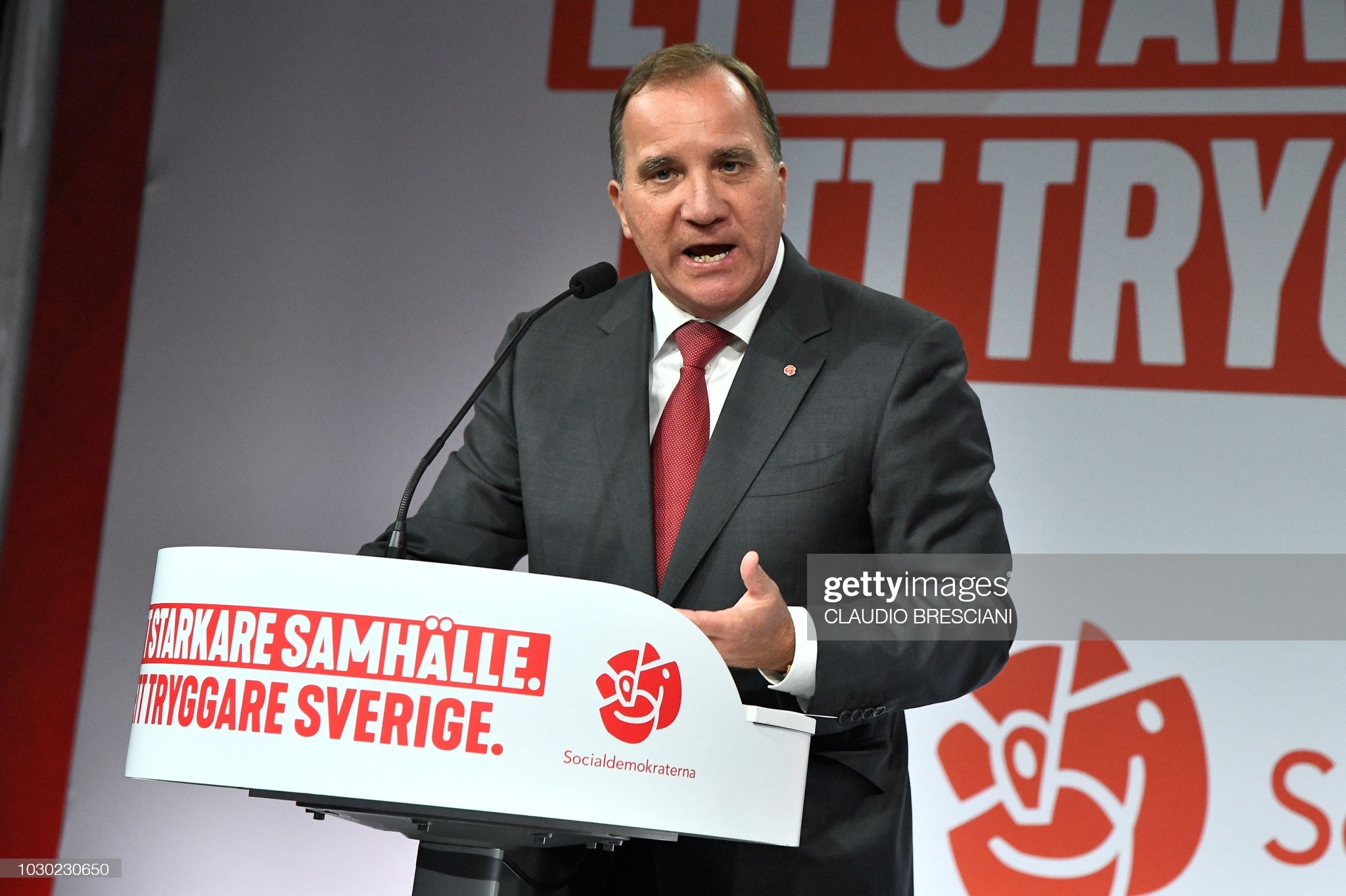Disclaimer: Views expressed in this article do not necessarily reflect the views of UPF Lund and The Perspective.
With the advent of the ambitious Biden administration, it will not come as a surprise to see the Democratic Party moving further left as they maximize their slim federal majority to pass sweeping legislation. But compared to the political parties of countries like Sweden or Australia, where policies that American voters deride as ‘socialism’ are the status quo, how ‘left wing’ are the US Democrats?
This article will explore a selection of nations and see how their leading political party* compares to the US Democrats. Party websites and platforms will be surveyed, searching for evidence of the ruling party’s commitment to addressing social issues, whether they support higher taxes, and if they have created a plan for climate change. Of course, these issues are not the only indicators of “left wing” ideology, but these particular political positions are just universal enough to serve as a “left” benchmark across borders.
*It should be noted that this author’s background is in American politics, and that much nuance is lost when trying to sum up another nation’s politics in just a few sentences.


United States of America: The Democratic Party
The Democrats gained control of the government in the 2020 elections, winning a slim congressional majority. They have included plans for civil rights legislation and protection for women, people of color, LGBTQ+, disabled, and Native American tribes in their party platform. Demonstrated by Biden’s commitment to pick a woman to be his vice-president and the party officially endorsing the Black-Lives-Matter movement, the Democratic party markets itself as a diverse, socially progressive party and aims to embed those values into their policy.

When it comes to taxation, Democrats firmly declare “corporate tax rates…must be raised, and “trickle down” tax cuts must be rejected.” A major focus of the Biden administration is remedying the state of inequality in America and to do this, the administration is preparing to raise the corporate tax rate from 21% to 28%. This proposal has been subject to controversy since Biden’s campaign and although an corporate tax rate of 28% may appear small to an international audience, supporting raising taxes at all in the U.S. puts one on the left side of the spectrum.
The Democratic platform dedicates an entire section to the climate crisis and sets forth a number of goals: “eliminating carbon pollution from power plants by 2035…dramatically expanding solar and wind energy deployment through community-based and utility-scale systems…reducing methane pollution through strong federal standards”. Upon entering office, Biden has largely followed up on these promises, declaring a climate crisis and signing executive orders to begin taking action- moves in step with other global leftist leaders. Given all of this, the Democrats meet the international criteria set out for being a “left” party, thereby creating a base guideline for the rest of this article.


Australia: The Liberal Party
Then there is Australia, where the current party in power is Scott Morrison’s Liberal party. The Liberal party has been in power since 2013, and despite speculation that Labor would win the most recent election, the Liberals comfortably won the 2019 election through a successful coalition with The National party.

To start, the online platform for the Liberal party does not have a section addressing social issues or minority groups specifically. They do have a section for women however, where they report the gender pay gap as falling to 13.9% before the pandemic started and highlight their child care subsidy as one of their policy points. The lack of addressing minority groups could simply be an example of colorblind policymaking, a practice Democrats held on to for years, but when contrasted with the opposing Labor party platform, which dedicates a whole section of their platform to social issues and even has a First Nations reconciliation plan showcased on their website, the lack of a social issues section appears less like a oversight and more like a deprioritization of social concerns.
The Australian Liberal party is for lowering taxes, detailing their intent to reduce the tax rate on businesses making less than $50 million to 25% per year. At the same time, they are also proud of their strict multinational tax legislation, which they say “has raised more than $20 billion in additional tax from large companies, multinationals, and wealthy individuals”. One should not mistake this crackdown as being a sign of more “left wing” tendencies though, as they also dedicate a section of this issue to decrying Labor’s plans to raise taxes, solidifying their position as a conservative, limited tax party.
Especially after Australia’s deadly bushfires in early 2020, the Liberal government has been criticized for their “vague policy pronouncements” when it comes to mitigating the climate crisis. On the platform, the environment is given its own section where the Liberals report some good news, “We are on track to beat our Paris commitment to reduce emissions by 26-28% bellow 2005 levels by 2030”, evidence that their “rather than imposing taxes, we are investing in technology” strategy has yielded results. The accomplishments detailed on the environment page appear to contradict the popular opinion that the Liberals do not take the climate seriously, but it must be said that language used in the section is not particularly passionate.
From this review, it’s clear that Australia’s Liberals are a more conservative party than the Democrats. The Liberal platform does not address minority groups, aims to reduce taxes, and does not demonstrate a sense of urgency when it comes to the climate crisis. However, it may be of interest to the Biden administration to check out the Liberal climate strategy- technology investment is looking to be a centerpiece of the Democratic climate strategy as well.


Nigeria: All Progressive Congress
Next there is Nigeria, where, despite a delayed election, Muhammadu Buhari’s All Progressives Congress party was reelected to power in 2019. There was some controversy around the vote, with just a 35.6% turnout amid security concerns, but ultimately the APC are set to remain in power until the next election in 2023.

The APC does not address LGBTQ+ rights in their manifest, but they do address the gap in opportunity for women compared to men in Nigeria and pledge to “improve anti-discriminatory legislation” among other goals like establishing property rights, appointing a Minister for Women and Gender, and enforcing legal protection of girls’ fundamental rights. The lack of attention towards the LGBTQ+ community in the platform, while concerning, is par for the course on the African continent and will probably have to wait to be addressed after women’s rights are fully established. .
Infrastructure, diversifying the economy, and increasing public spending are all features of the APC’s ambitions as the party aims to “end our reliance on oil and gas”. All of these goals come with the concession and expectation of increased taxes, which suggests that the APC sees an “left wing” expanded government, rather than an expanded private sector, as the way to solve Nigeria’s problems.
“Protecting Nigeria’s Environment” is given a whole dedicated section in the APC manifesto, but unlike most of the other countries examined in this article, environmental concerns in Nigeria are not as focused on global climate change, for Nigeria only makes up 0.35% of global CO2 emissions. Instead, the APC is focused on fixing problems at home, such as making sure “that every Nigerian will have access to clean, safe, and portable water by 2025” and enforcing proper disposal of human and industrial waste. As Nigeria is a lower middle income country, this domestic rather than global focus is to be expected. When it comes to climate change, lower income countries are more focused on developing their economies sustainably.
Comparing Buhari’s party to Biden’s, we see that these two parties, although they share similar goals, are in different positions when it comes to their priorities in achieving them. For example, whereas the Democrats are concerned with supporting minority groups, the All Progressives Congress is working to begin properly supporting women. That being said, based on the criteria in this article, the APC is a “left” party that is about as left as the Democrats. Time will tell whether that is due to differences in development or differences in politics.


Sweden: SocialDemokraterna
Finally there is Sweden, where Stefan Löfven is currently prime minister. Löfven’s party, SocialDemokraterna, came to power in 2018 with the help of a coalition with the Green party and endorsement by the Centre and Liberal parties.

SocialDemokraterna appears to be very active when it comes to addressing social issues and supporting minority groups. On their platform, they hold positions and have developed policies supporting equality for women, ethnicities, those with disabilities, and the LGBTQ+ community. In fact, these ambitions and the attention paid to them go so far that one could say that the Democrats appear limited in their development compared to the SocialDemokraterna platform!
When it comes to taxes, SocialDemokraterna wants to maintain the Swedish status quo, where the tax to GDP ratio is 43.9%. Their webpage for taxes praises the opportunity for investment in infrastructure, research, and education that taxation provides. Based on our criteria, this tax maintenance outlook would put SocialDemokraterna “center wing”, but considering that Swedes already pay infamously high taxes and the issue page is adamant against tax cuts, it’s safe to say that SocialDemokraterna are firmly “left” when it comes to taxation.
By looking at their environment and climate pages, it’s clear that SocialDemokraterna takes climate seriously. They aim to make Sweden the first fossil free welfare state and list numerous examples of their investment in protecting the environment and green infrastructure. This ambitious climate policy “with broad solutions and investments rather than tax cuts” places SocialDemokraterna on the “left” side of the spectrum.
Without a doubt, Löfven’s SocialDemokraterna party is a “left” party and although the Democrats and the SocialDemokraterna share the political opinion that strong investment is the best way to better their countries, it’s clear that the SocialDemokraterna are the more “left wing” party out of the two.
How far left are the Democrats?
From the party websites and platforms and as evidenced by the different levels of commitment in addressing social and environmental issues, it is clear that there are big differences between the ruling parties in these four countries. In the US, the Democratic party is the “left” party out of only two. When looking at the rest of the world however, it’s not so clear how left they really are. Compared to the Australian Liberal party, the Democrats are clearly “left”, but compared to the SocialDemokraterna the Democrats are not as “left”. From the comparison and examination of these international parties, it is safe to say that, on the world stage, the American Democrats are a “left” wing party but are not particularly “far” left from the middle.
The Democratic party will be facing midterm elections in 2022. By that time, the Biden administration will have had two years to implement policy on social issues, taxation, and the climate. Whether the Democrats continue to become a more progressive party or not will likely be decided by 2022’s election results: if they are voted out of office, we could see the Democrats shift back towards the political center, but if more Democrats are voted into office, the world should expect to see the Democrats shift further left.
Annika Johansson




